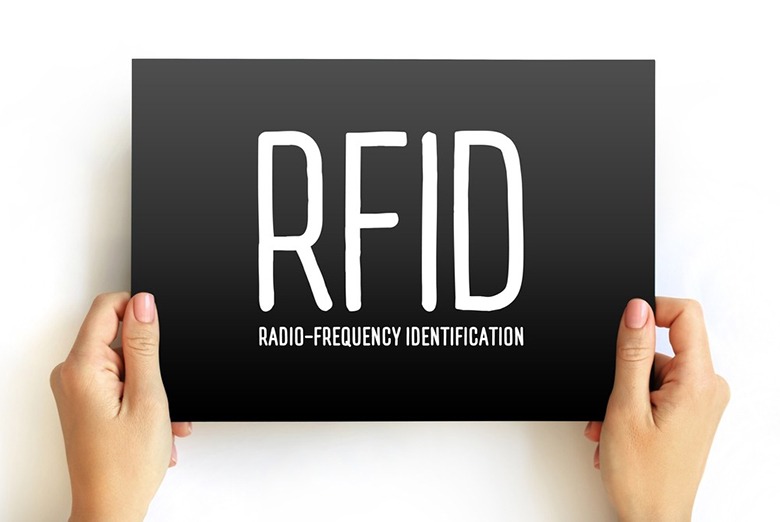Radio-frequency identification (RFID) technology has revolutionized various industries, from access control and inventory management to contactless payments and logistics. One of the most common and practical applications of RFID technology is the RFID card. In this blog post, we'll explore what RFID cards are, how they work, their applications, and the potential benefits they offer.
What is an RFID Card?
An RFID card, also known as a proximity card or contactless smart card, is a small, flat card embedded with an RFID chip and an antenna. These cards can store and transmit information wirelessly through radio waves. When brought into proximity with an RFID reader, the card communicates with the reader to exchange data.
How Do RFID Cards Work?
The basic functionality of RFID cards involves two main components: the RFID card itself and an RFID reader. Here's how they work together:
- RFID Card: The RFID card contains an embedded RFID chip and an antenna. When the card is within the read range of an RFID reader, it receives radio waves from the reader.
- RFID Reader: The RFID reader emits radio waves, which power the RFID card's chip. The card uses this energy to transmit its stored data back to the reader.
- Data Exchange: The RFID reader collects the data transmitted by the card and processes it. Depending on the application, the reader may grant access, record inventory, or complete a financial transaction.
Applications of RFID Cards
- Access Control: RFID cards are commonly used for access control in buildings, parking lots, and secure areas. Employees or authorized personnel can gain entry by simply presenting their RFID cards to a reader.
- Public Transportation: Many cities have adopted RFID card-based systems for public transportation, making it convenient for passengers to access buses, trains, and subways.
- Inventory Management: Businesses use RFID cards to track inventory, streamline supply chains, and improve asset management. RFID tags can be attached to products or pallets, making it easy to monitor their movements.
- Healthcare: RFID cards are used in healthcare settings to identify patients, manage medication distribution, and track medical equipment.
- Cashless Payments: Contactless payment cards, such as RFID-enabled credit and debit cards, allow users to make transactions by tapping or waving the card near a compatible payment terminal.
Benefits of RFID Cards
- Convenience: RFID cards offer a hassle-free and efficient way to access secured areas, make payments, and interact with various systems.
- Speed: Transactions with RFID cards are typically faster than traditional methods like swiping or inserting cards.
- Security: RFID cards can incorporate encryption and authentication measures to enhance security and protect against unauthorized access.
- Accuracy: RFID technology reduces human error in processes like inventory management and data entry.
- Cost Savings: Improved efficiency and reduced errors can lead to significant cost savings for businesses.
Conclusion
RFID cards are a versatile and powerful technology with applications across numerous industries. Their ability to provide convenient, secure, and efficient solutions makes them invaluable in a rapidly evolving world. Whether you're managing access control, inventory, or payments, RFID cards have the potential to streamline your operations and enhance your overall efficiency. Stay tuned for more updates on RFID technology and its evolving applications.
